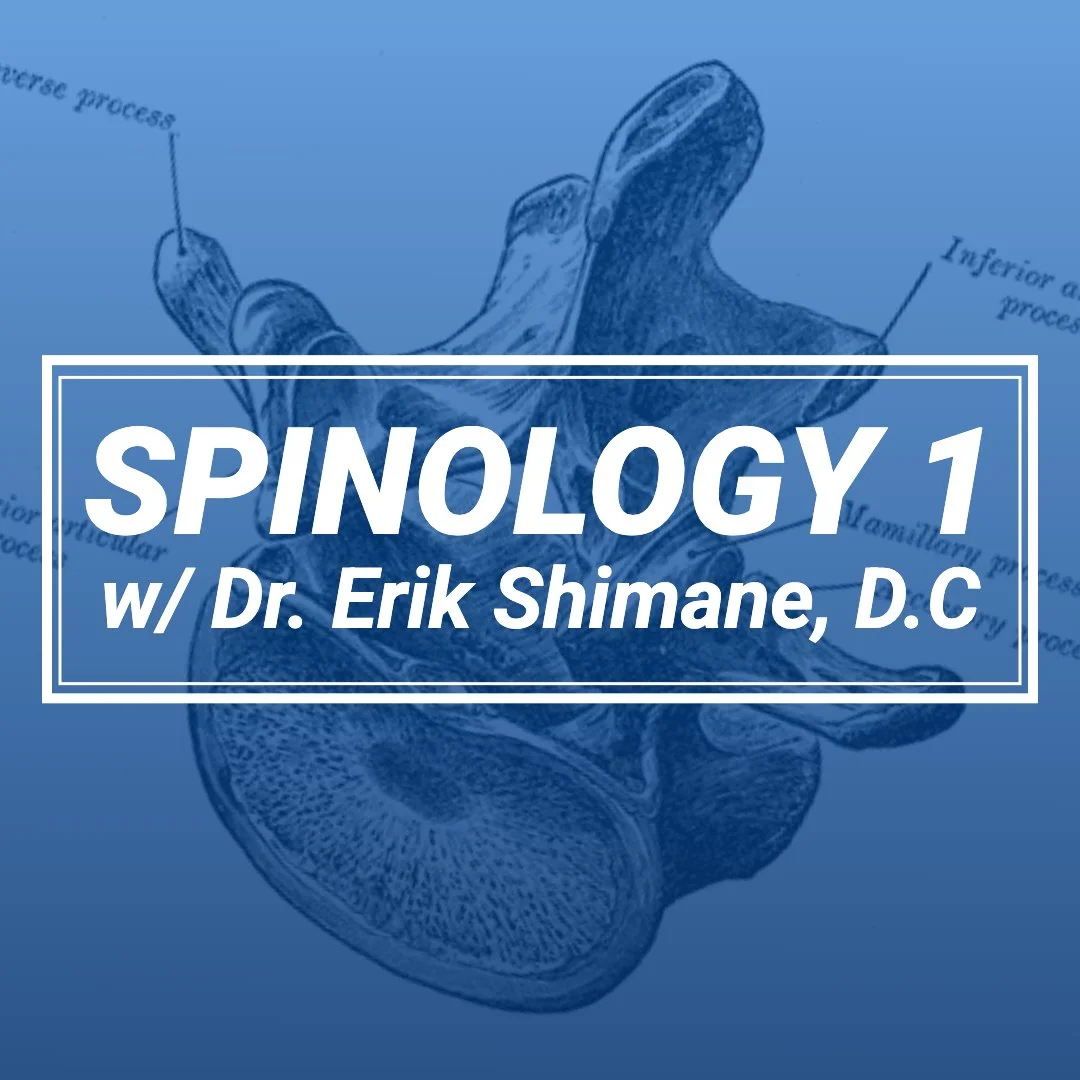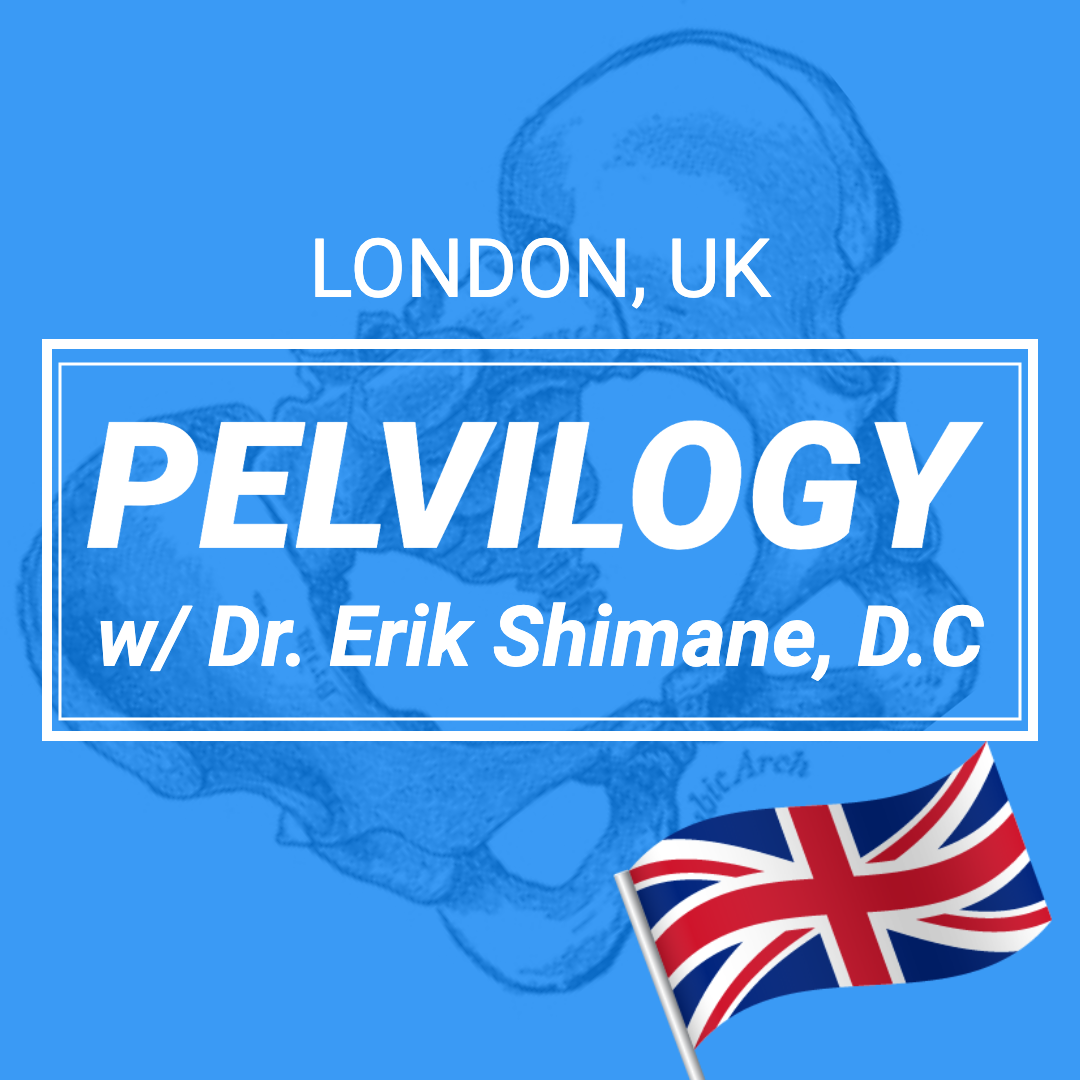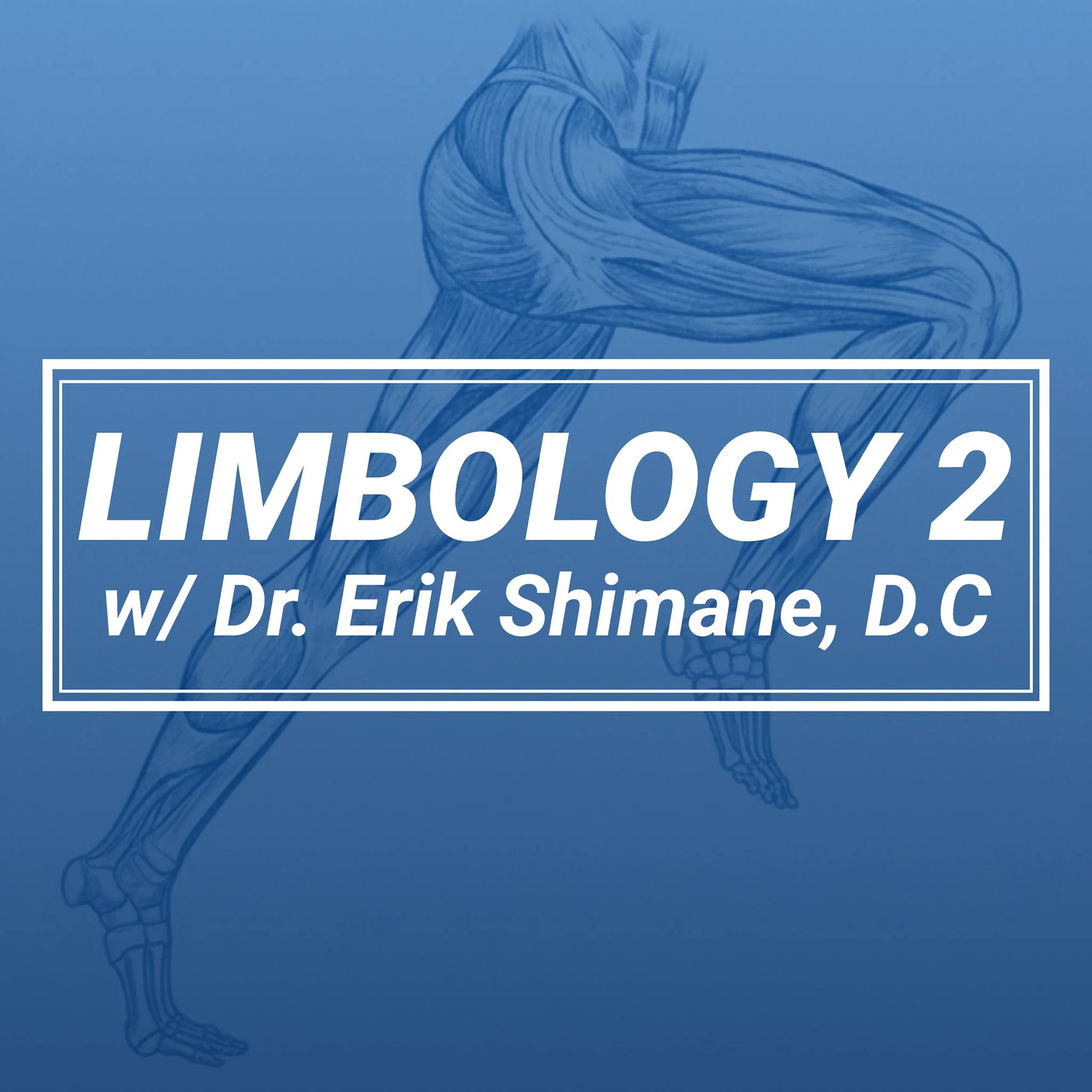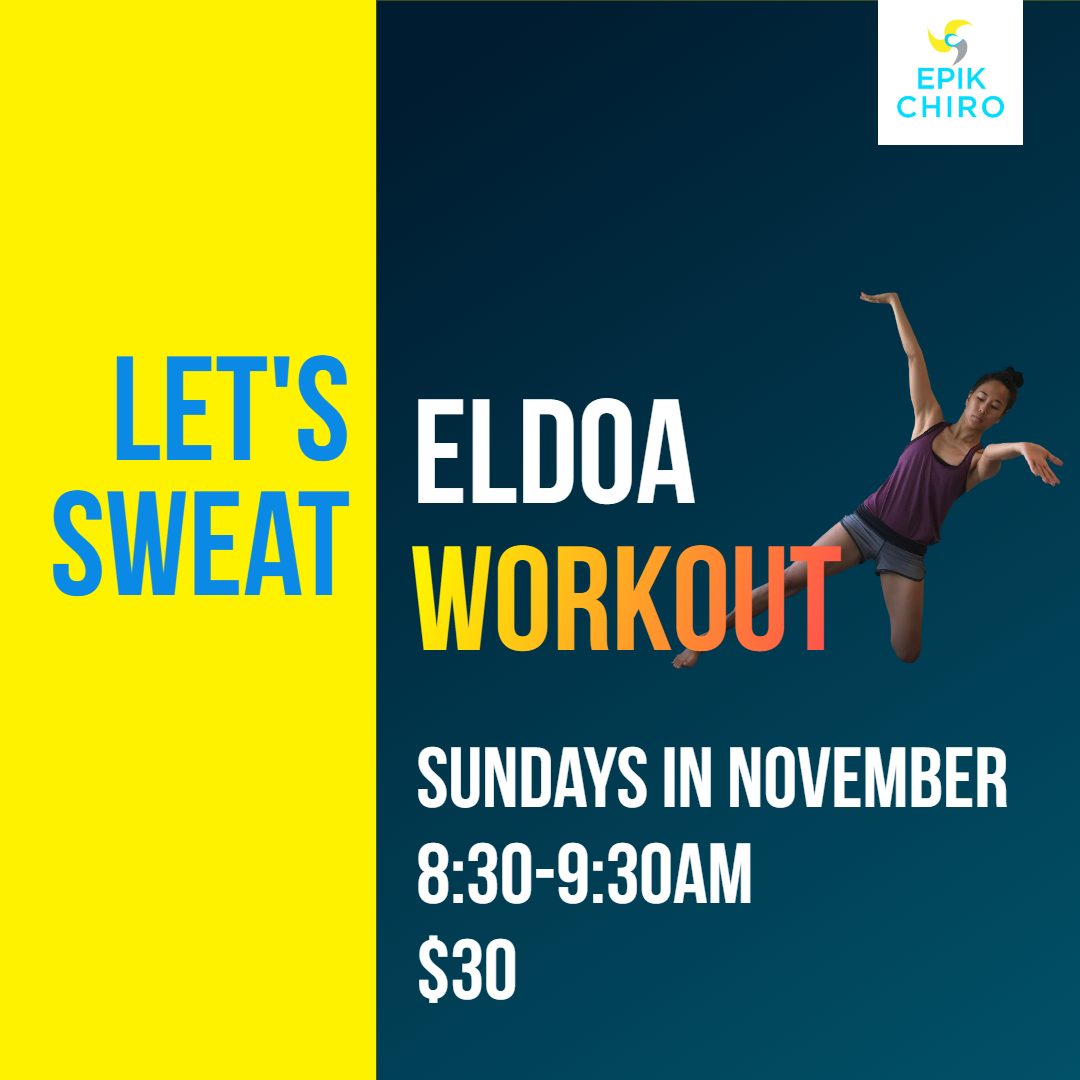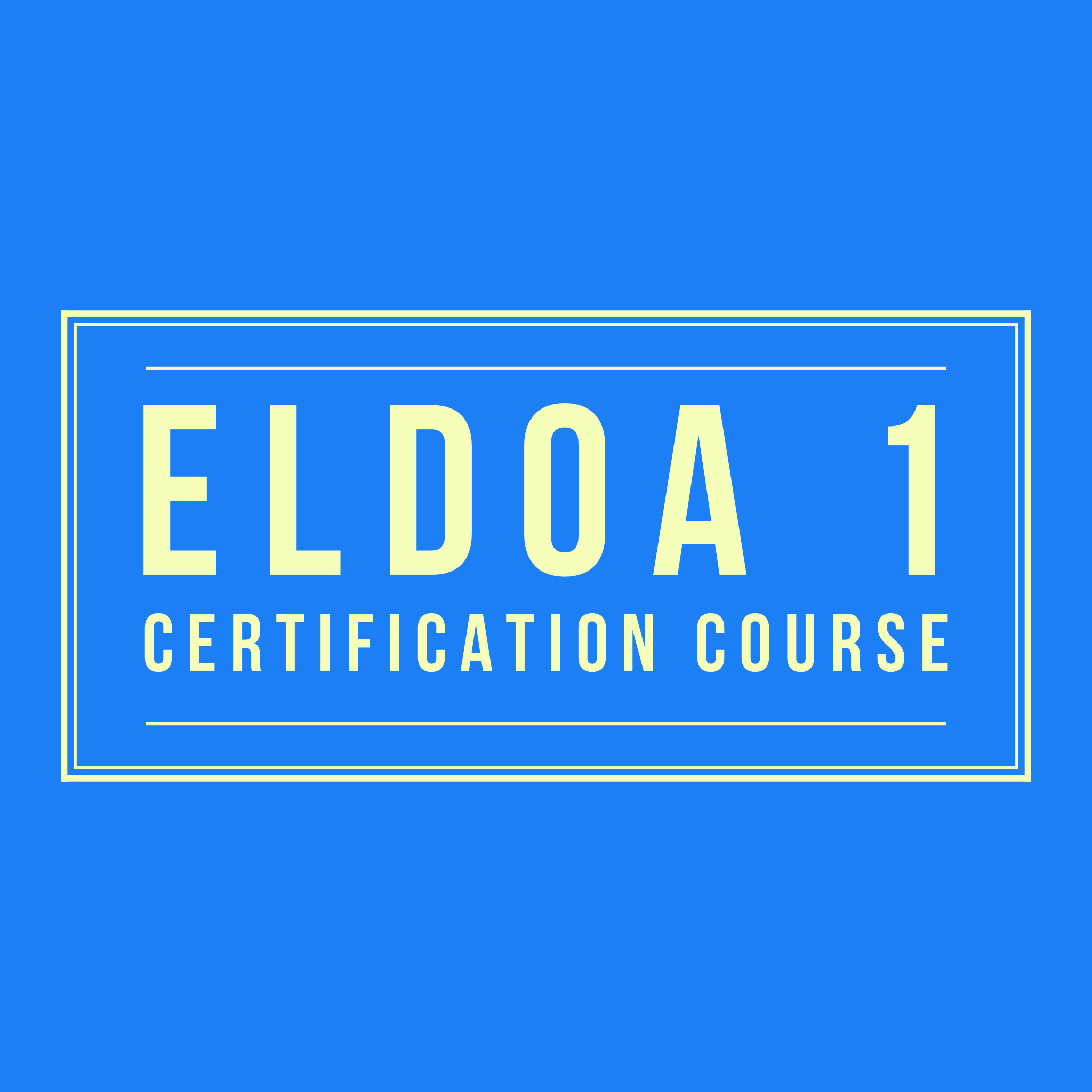Course Description
The course is a combination of ELDOA 01 and 02 instruction in a four day course, in-person only taught by an ELDOA™ instructor. ELDOA™ 01 – “The Most Frequently Used ELDOA™ of the Spine” with ELDOA™ 02 – The ELDOA™ of the Spine. The first part of the course is dedicated to topics specific to ELDOA 01: The Educational Paradigm of Guy VOYER, DO and the Teaching Method – “Learn by Doing”. The history of the ELDOA™, What are the Goals of the ELDOA™?, Introduction to Spine Biomechanics, the Functional Spine Unit of Junghans, and the Philosophy of the ELDOA – “You Are Your Own Best Therapist.”
The second part of the course, The ELDOA™ of the Spine, concentrates on the following topics: Back Pain: Treat the Symptoms vs ELDOA™ Address the Cause; Good Posture – The Gravity Line and Spine Curvature Disorders; Kapandji Spine Biomechanics and Descriptive Anatomy; Water is Life: Intracellular Water vs. Extracellular Water; and the Introduction to Factors of Progression. In this four-day course format, student-practitioners complete both ELDOA™ Level 01 and Level 02 Certification Courses.
ELDOA™ (Etirements Longitudinaux avec Decoaptation Osteo-Articulare) or LOADS (Longitudinal Osteo-Articular Decoaptation Stretches) are postural exercises that targets a specific functional unit in reference to an absolute fixed point and a mobile point, that one can perform with or without a practitioner with the primary goal being to increase the space within a particular articulation (joint). With the utilization of myo-fascial stretching, one can put tension around the joint to improve joint mechanics, increase blood flow, reduce pressure on the disc, reduce pain, rehydrate spinal disc, improve posture, have better muscle tone, and a sense of well-being and awareness. Upon competition of the course the practitioner will be able to provide the client or patient with particular sets of exercises to follow up with spinal exercises addressing subluxation at different spinal levels from C2/3 to L5/S1. Practitioners will also be able to utilize the ELDOA™ Techniques as a diagnostic instrument to assess a patient ability to perform exercises in a safe environment that allows the practitioner to modify the exercise as prescribed if a factor-of-progression is needed.
Course Objectives:
The History of the ELDOA, including the Comprehensive Historical Synopsis of How the ELDOA was Organized by Guy VOYER, DO
What are the Goals of the ELDOA? – General and Local Effects
Good Posture: The Gravity Line and Spine Curvature Disorders
Teach Classic Spine Biomechanics and Descriptive Anatomy
Water is Life: Intracellular vs. Extracellular Water
Introduction to Dura Mater and Cervical Spinal Fluid
Teaching Principles: Awareness, Myo-Fascial Stretching, Lemniscate & Introduce Factors of Progression
Teach the Classic ELDOA Postures of the Spine Levels L5-S1 to C2-C3
The Importance of a Home Program
Discussion and Theory: ELDOA Philosophy – “You Are Your Own Best Therapist”
